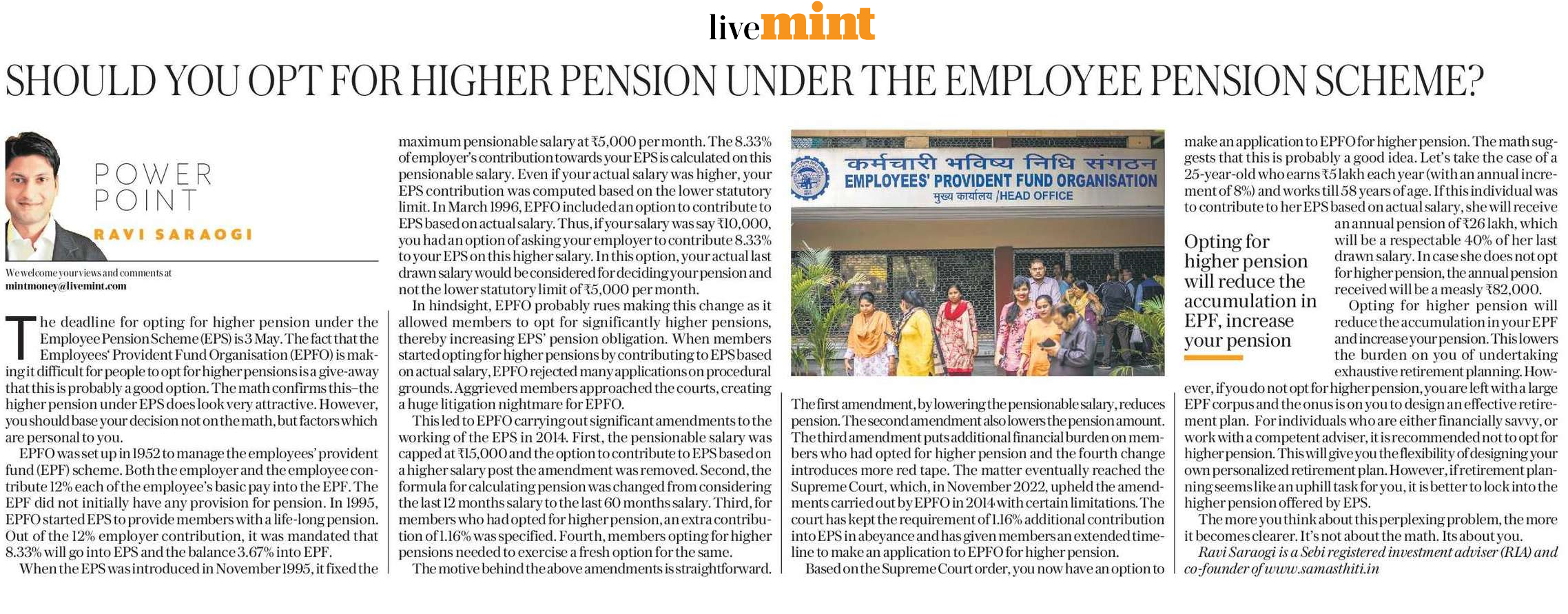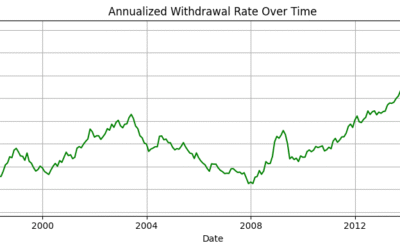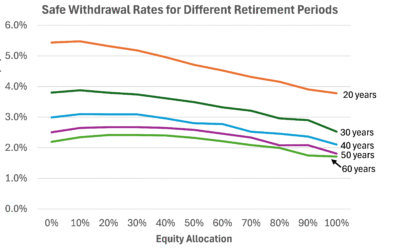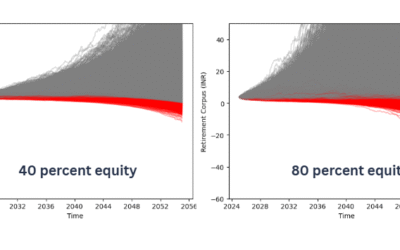The deadline to opt for higher pension under EPS is 26 June, and despite difficulties imposed by the EPFO, the math suggests it is a good option.
The deadline for opting for higher pension under the Employee Pension Scheme (EPS) is 26 June. The fact that the Employees‘ Provident Fund Organisation (EPFO) is making it difficult for people to opt for higher pensions is a giveaway that this is probably a good option. The math confirms this–the higher pension under EPS does look very attractive. However, you should base your decision not on the math, but factors which are personal to you.
EPFO was set up in 1952 to manage the employees’ provident fund (EPF) scheme. Both the employer and the employee contribute 12% each of the employee’s basic pay into the EPF. The EPF did not initially have any provision for pension. In 1995, EPFO started EPS to provide members with a life-long pension. Out of the 12% employer contribution, it was mandated that 8.33% will go into EPS and the balance 3.67% into EPF.
When the EPS was introduced in November 1995, it fixed the maximum pensionable salary at ₹5,000 per month. The 8.33% of employer’s contribution towards your EPS is calculated on this pensionable salary. Even if your actual salary was higher, your EPS contribution was computed based on the lower statutory limit. In March 1996, EPFO included an option to contribute to EPS based on actual salary. Thus, if your salary was say ₹10,000, you had an option of asking your employer to contribute 8.33% to your EPS on this higher salary. In this option, your actual last drawn salary would be considered for deciding your pension and not the lower statutory limit of ₹5,000 per month.
In hindsight, EPFO probably rues making this change as it allowed members to opt for significantly higher pensions, thereby increasing EPS’ pension obligation. When members started opting for higher pensions by contributing to EPS based on actual salary, EPFO rejected many applications on procedural grounds. Aggrieved members approached the courts, creating a huge litigation nightmare for EPFO.
This led to EPFO carrying out significant amendments to the working of the EPS in 2014. First, the pensionable salary was capped at ₹15,000 and the option to contribute to EPS based on a higher salary post the amendment was removed. Second, the formula for calculating pension was changed from considering the last 12 months salary to the last 60 months salary. Third, for members who had opted for higher pension, an extra contribution of 1.16% was specified. Fourth, members opting for higher pensions needed to exercise a fresh option for the same.
The motive behind the above amendments is straightforward. The first amendment, by lowering the pensionable salary, reduces pension. The second amendment also lowers the pension amount. The third amendment puts additional financial burden on members who had opted for higher pension and the fourth change introduces more red tape. The matter eventually reached the Supreme Court, which, in November 2022, upheld the amendments carried out by EPFO in 2014 with certain limitations. The court has kept the requirement of 1.16% additional contribution into EPS in abeyance and has given members an extended timeline to make an application to EPFO for higher pension.
Based on the Supreme Court order, you now have an option to make an application to EPFO for higher pension. The math suggests that this is probably a good idea. Let’s take the case of a 25-year-old who earns ₹5 lakh each year (with an annual increment of 8%) and works till 58 years of age. If this individual was to contribute to her EPS based on actual salary, she will receive an annual pension of ₹26 lakh, which will be a respectable 40% of her last drawn salary. In case she does not opt for higher pension, the annual pension received will be a measly ₹82,000.
Opting for higher pension will reduce the accumulation in your EPF and increase your pension. This lowers the burden on you of undertaking exhaustive retirement planning. However, if you do not opt for higher pension, you are left with a large EPF corpus and the onus is on you to design an effective retirement plan. For individuals who are either financially savvy, or work with a competent adviser, it is recommended not to opt for higher pension. This will give you the flexibility of designing your own personalized retirement plan. However, if retirement planning seems like an uphill task for you, it is better to lock into the higher pension offered by EPS.
The more you think about this perplexing problem, the more it becomes clearer. It’s not about the math. Its about you.
(This article was published in LiveMint on May 03, 2023 and can be accessed from the link https://www.livemint.com/money/personal-finance/epfos-deadline-approaches-should-you-opt-for-higher-pension-under-eps-a-guide-to-making-the-right-retirement-plan-decision-11683107185336.html)







0 Comments